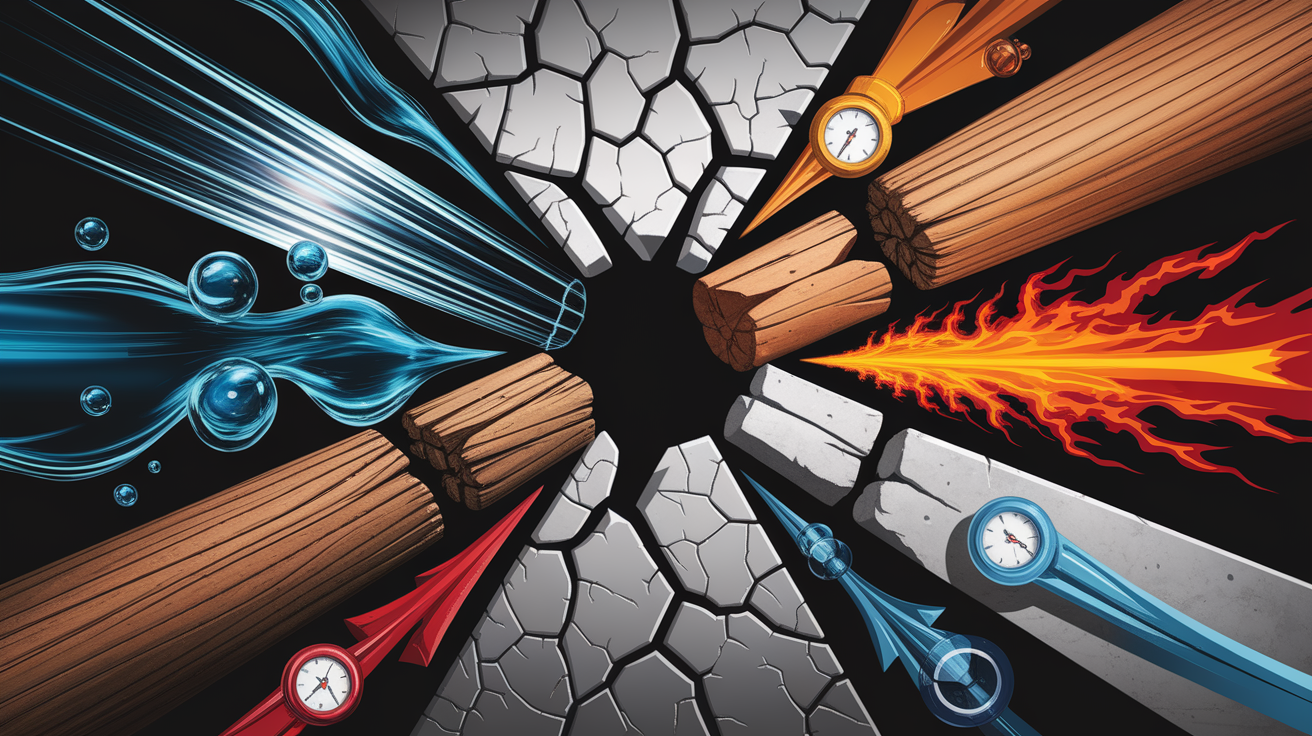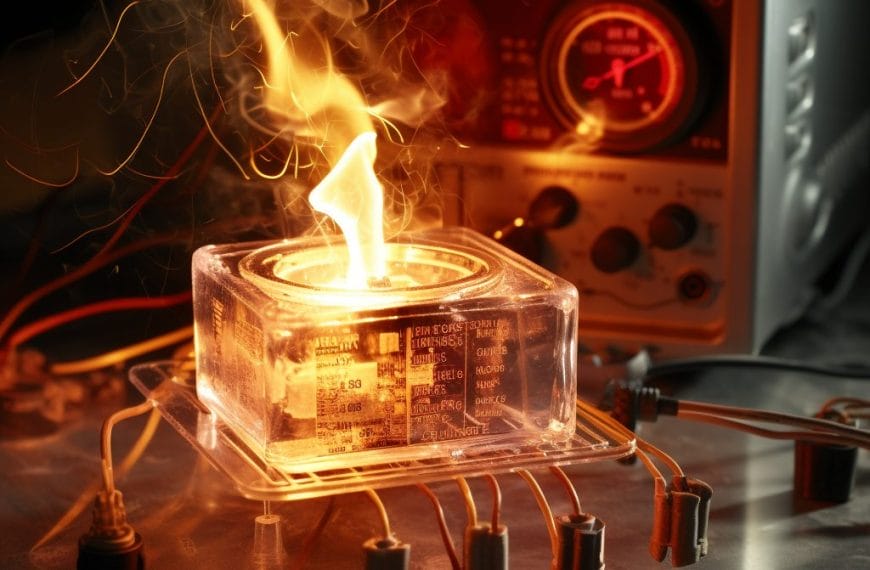Quick Answer: The cracking sound of a whip is a genuine sonic boom. This happens because a wave of energy, created by the user’s flick, travels down the whip’s tapering length, causing the tip to accelerate past the speed of sound and create a miniature shock wave.
Have you ever watched a movie hero like Indiana Jones crack a whip and wondered where that sharp, explosive sound comes from? It’s so loud and sudden it almost sounds like a gunshot. It’s a classic sound effect, but it’s not a sound effect at all—it’s pure physics. That iconic whip crack is one of the first human-made inventions to break the sound barrier. Let’s dive into the fascinating science of why whips make sonic booms.
Cracking the Code: Why Whips Make Sonic Booms
Let’s get the biggest question out of the way first: Is the sound of a whip crack actually a sonic boom? The answer is a resounding yes. It’s not a sound of the whip hitting something or the leather snapping together. The “crack” is the noise produced when a small section of the whip, specifically the tip (or “cracker”), moves faster than the speed of sound.

When an object travels through the air, it creates pressure waves in front of it, much like a boat creates waves in the water. These pressure waves normally travel away from the object at the speed of sound. However, if the object itself travels faster than sound (supersonic speed), it outpaces its own sound waves. These waves can’t get out of the way fast enough and instead pile up, compressing into a single, highly pressurized shock wave. When this shock wave passes by an observer’s ears, they hear it as a loud, sudden “boom!” or, in this case, a “crack!”
A sonic boom isn’t just for jets and rockets. A simple flick of the wrist can create this incredible acoustic phenomenon right in front of you.
How Energy Travels Along a Whip
So, how can a simple arm movement make a whip’s tip travel at over 767 miles per hour (the speed of sound at sea level)? The secret lies in the whip’s design and the principle of conservation of energy. It’s all about focusing a small amount of energy into an incredibly fast-moving point.
The Tapered Design
A whip is not a uniform rope. It is thick at the handle and gradually becomes thinner, or tapers, all the way to its fine tip. This design is the key to its function. As the whip moves through the air, principles of aerodynamics and air pressure differences come into play, but the real magic is in its changing mass.

The Loop and Conservation of Energy
When you crack a whip, you aren’t just lashing it forward. You are creating a loop, or a wave of energy, that starts in your arm. This wave travels down the whip’s length. Here’s where the physics gets interesting:
- Energy Input: You start by putting kinetic energy into the thick, heavy handle-end of the whip.
- Wave Propagation: This energy travels down the whip in the form of a loop.
- Amplified Speed: According to the law of conservation of energy, the energy in that loop has to stay relatively constant (minus some loss to air resistance). As the loop travels toward the tip, the part of the whip carrying the wave gets progressively lighter and thinner. To conserve energy, the decreasing mass must be compensated for by increasing velocity.
Think of it like a river flowing into a narrow canyon. To move the same amount of water through the smaller space, the water’s speed has to increase dramatically. The same happens with the energy in the whip. This rapid discharge of energy down the whip’s length culminates at the very tip, accelerating it to supersonic speeds.
From Supersonic Tip to Sonic Boom
Once the whip’s tip breaks the sound barrier (exceeding what physicists call Mach 1), it creates the conditions for a sonic boom. The tip moves so fast it violently displaces air molecules, creating a pocket of compressed air—the shock wave. This process of violent air displacement is a tiny, controlled version of a larger explosion. It’s conceptually similar to how the rapid pressure release makes a popcorn kernel pop; both involve a sudden, forceful expansion.

The tip’s incredible acceleration demonstrates how the speed of propagation of an energy wave can be much faster than you might expect. The boom itself is heard a split-second after the tip reaches maximum speed. It’s the sound of the shock wave reaching your ears, much like how thunder is heard after a lightning flash due to the difference between the speed of sound and light.
What Influences the Strength of the Crack
Not every flick of a whip results in a sonic boom. Several factors must align perfectly to produce that satisfying crack.

- Technique: The skill of the user is the most critical factor. A smooth, well-timed motion that creates a perfect loop is essential for efficient energy transfer. A weak or floppy motion will fail to generate enough speed.
- Whip Design: The length, weight, and especially the taper of the whip are crucial. A well-balanced whip allows the energy wave to travel smoothly and accelerate effectively.
- The “Cracker”: The very end of a whip often has a small, light, and easily replaceable piece of string or cord called a “cracker.” This is the part that actually breaks the sound barrier. Its light weight allows it to reach extreme speeds with minimal energy.
- Environment: While less critical, factors like air temperature and humidity can slightly alter the speed of sound, which can subtly change the dynamics of the crack.
And it’s not just whips! A wet towel, when snapped correctly, can also produce a small sonic boom for the exact same reason: a wave traveling down a tapering object, causing the tip to break the sound barrier.
Echoes of the Crack: Key Takeaways
The sharp crack of a whip is a powerful demonstration of physics in action. Here’s what you need to remember about this incredible acoustic phenomenon:

- A whip crack is a true sonic boom, created when the tip travels faster than the speed of sound.
- The whip’s tapered design—from thick to thin—is essential for accelerating the tip to supersonic speeds.
- The process is driven by the conservation of energy: as the mass of the moving wave decreases, its speed must increase.
- The “crack” is the sound of the shock wave, a cone of compressed air, passing by your ears.
- Achieving a sonic boom requires both a well-made whip and proper technique from the user.













